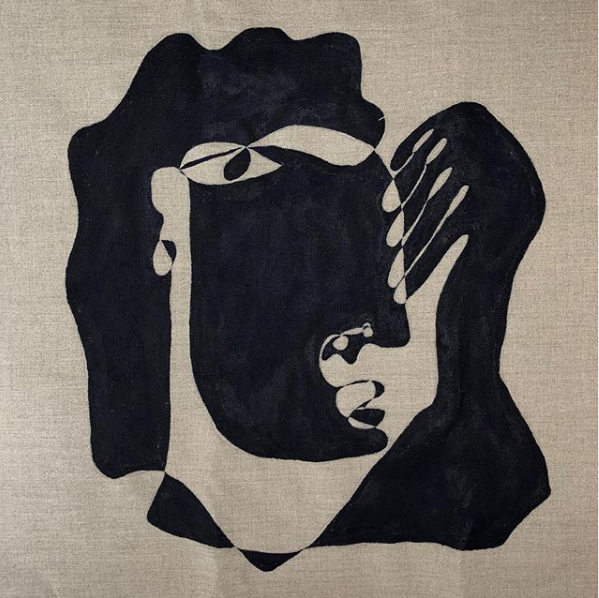This week, we’re trying out ekphrastic poetry.
Ekphrasis comes from ‘description’ in Greek. Ekphrastic poems are poems that respond to works of visual art (paintings, photographs, sculptures). According to the Poetry Foundation, “an ekphrastic poem is a vivid description of a scene or, more commonly, a work of art.”
Modern ekphrastic poems have let go of the elaborate description used by poets when writing the form in Ancient Greece (think: Homer’s Iliad). Instead, they try to “interpret, inhabit, confront, and speak to their subjects.”
The poet narrates, reflects, amplifies, and expands the meaning or ‘action’ in the work of art they’re writing about. Learn more about ekphrastic poems here.
Here’s an ekphrastic poem by W.H. Auden written in response to Landscape with the Fall of Icarus by Pieter Bruegel the Elder (1558). And here’s another by William Carlos Williams responding to the same painting.
In the February 2017 issue of Poetry, Kathleen Rooney responds to René Magritte’s Le tombeau des lutteurs (The tomb of the wrestlers) (1960) below:
“Le Tombeau des Lutteurs”
by Kathleen Rooney (2017)
It is a tragedy, yes, but a confusing one. What happened to the wrestlers and / where have they gone? Loulou the Pomeranian would love to know. / Outdoors the hills are buried in snow, but inside a rose, a rose full-blown, a / roomful of rose. The bloom and its shadow overtaking the space. The bloom / proposing an impossible tomb.
Read Kathleen’s full poem here.
Our task is this:
Find pieces of visual art (illustration, painting, photography, sculpture, etc.) that you enjoy or that interest you. Look for them on Instagram, Google, magazines, anywhere you like. Write a poem responding to the work of art you found. Use freewriting (i.e. writing without stopping or editing for a timed period). Don’t censor yourself. Use line breaks, punctuation, and spacing at your leisure.
Here are a few pieces to help get you started:
Instagram: @sploooring
Instagram: @maggiecoledraws
Instagram: Hamza Lafrouji
Instagram: @ija_monet
Instagram: @christianespangsberg
Share your ekphrastic poems below!







